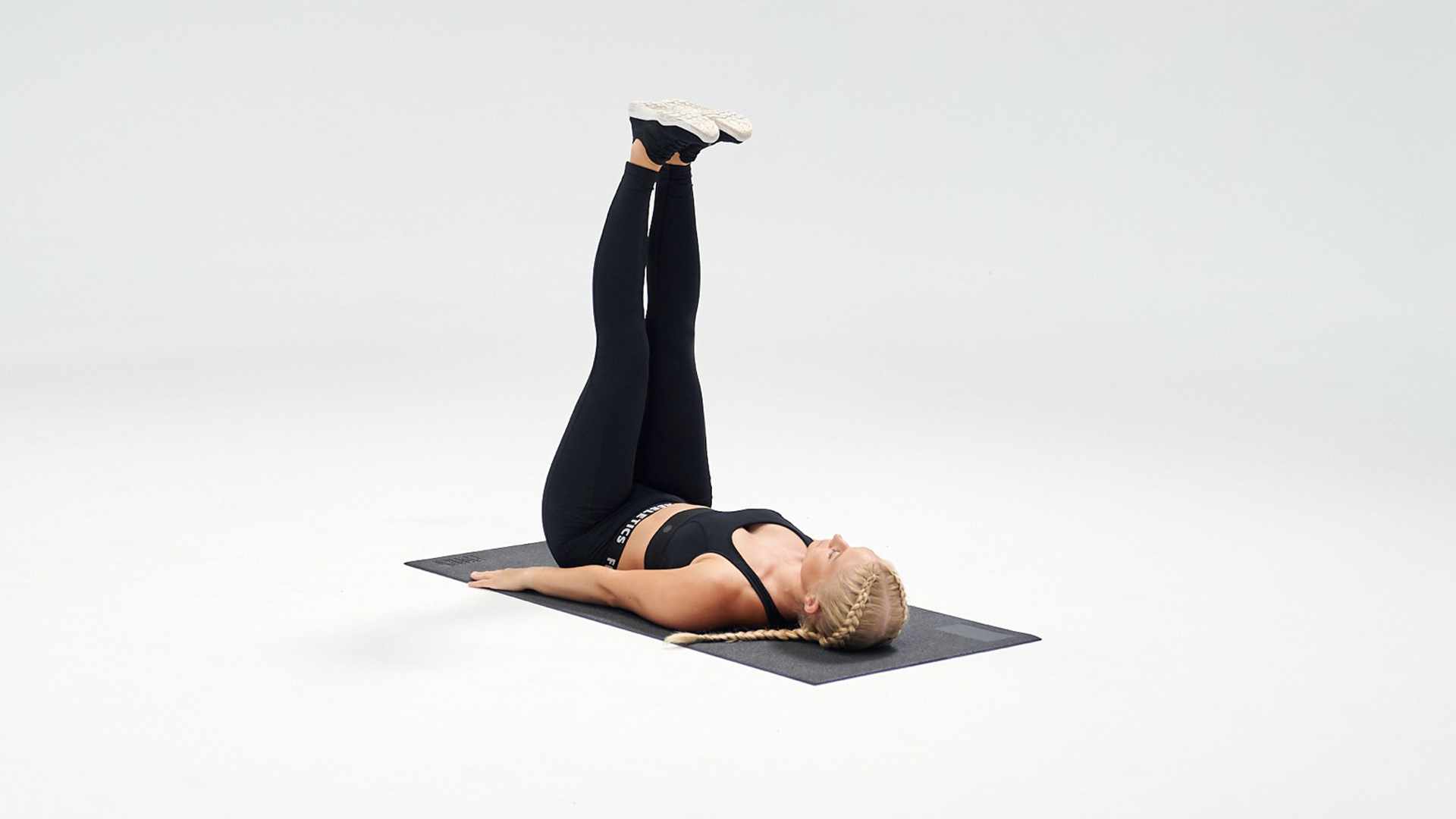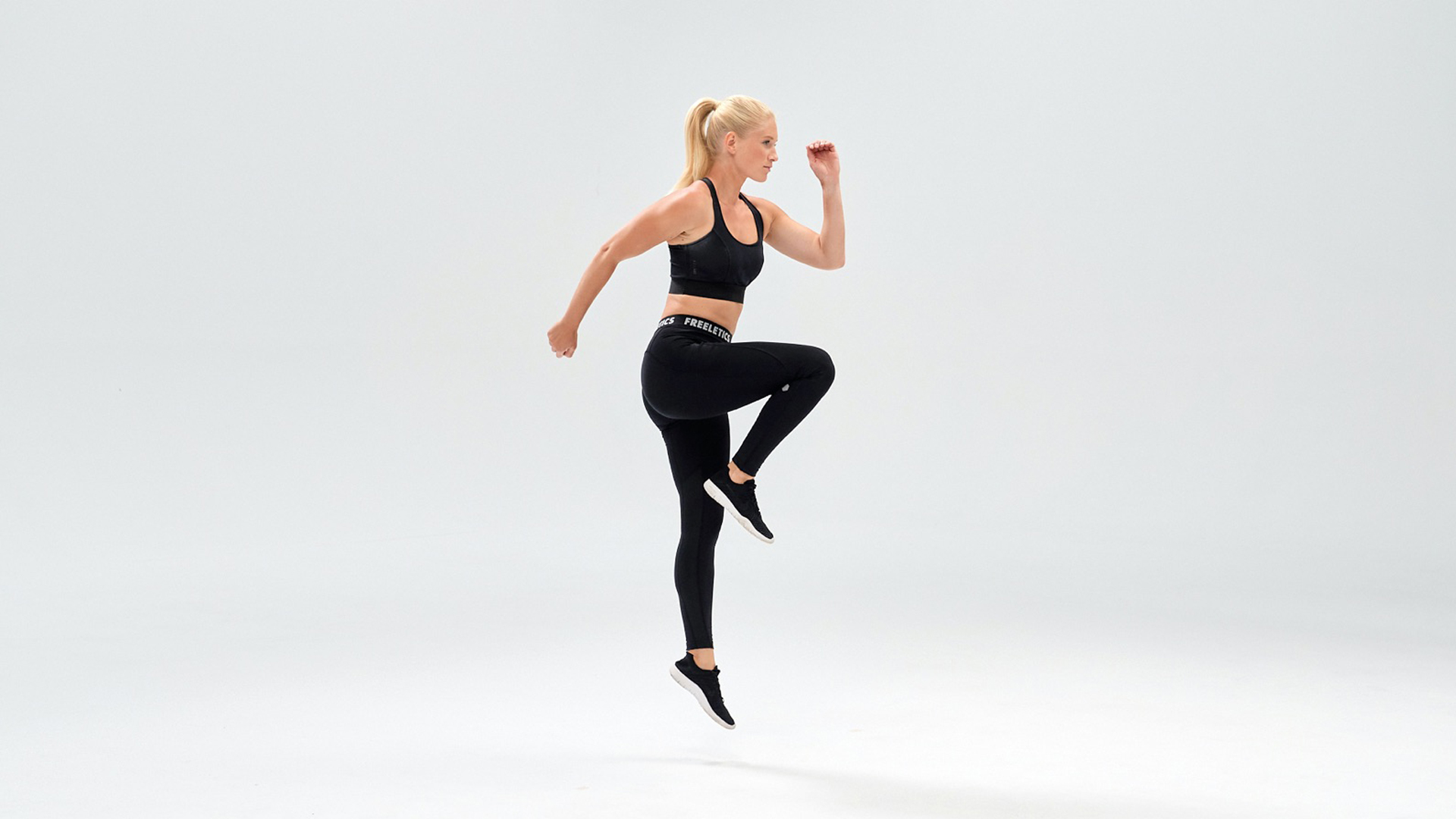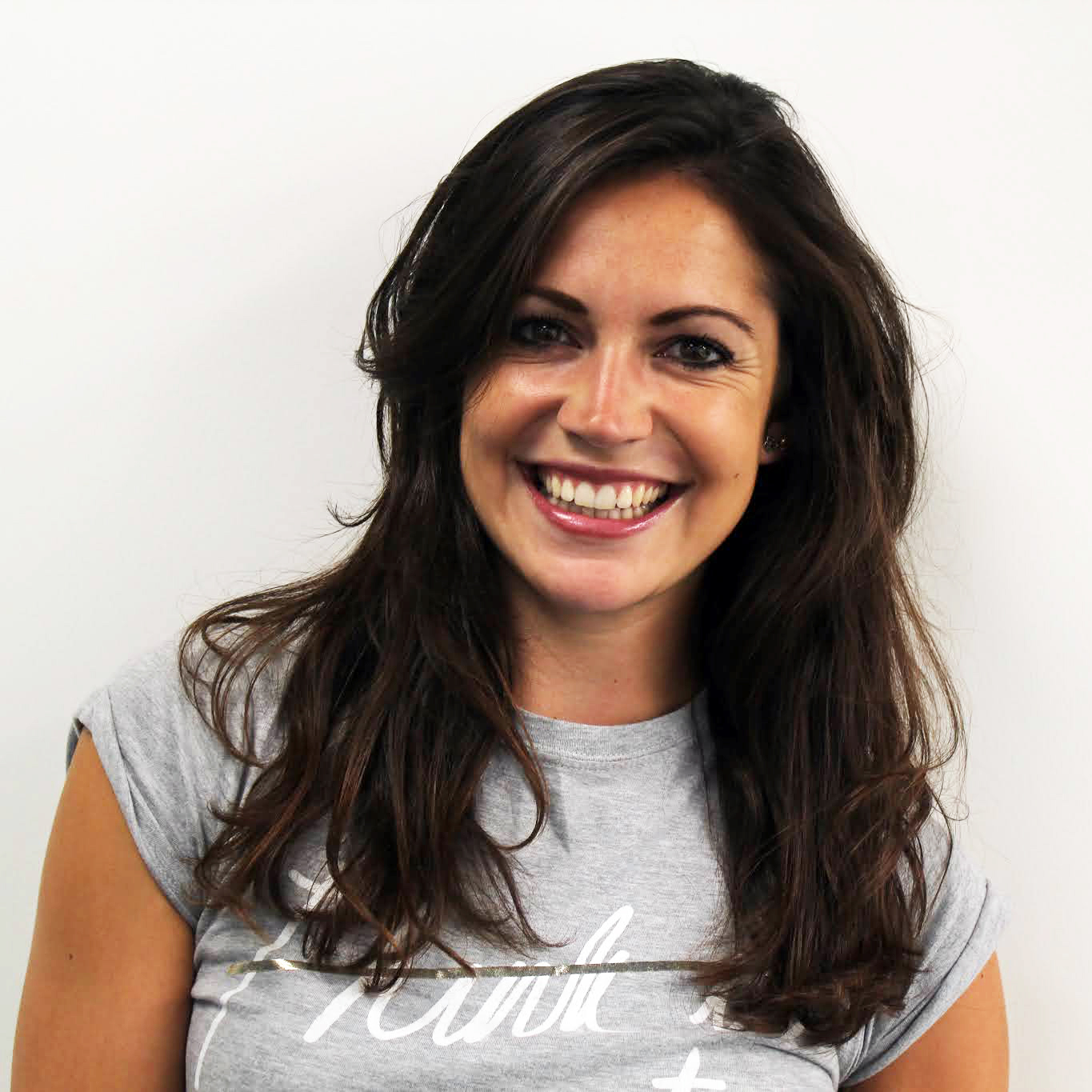5 pelvic floor exercises for women
These pelvic floor exercises for women can be done at home, here’s where to start


Pelvic floor exercises for women can be an incredibly useful tool in maintaining strong pelvic floor muscles. Just like any other muscle in the body, to function optimally they need to be trained.
For women who are going through menopause, as well as taking some of the best menopause supplements, practicing pelvic floor exercises can help to dodge the impact that hormonal changes may have on pelvic floor muscles.
Hollie Grant, Founder of The Bump Plan, explains that the pelvic floor is essentially the name given to the muscles and ligaments that make up the base of the pelvis - hence the term pelvic floor. These muscles and ligaments also support our internal pelvic organs.
“The muscles of the pelvic floor span, almost like a hammock, from the tailbone to the pubic bone, and out to the sit bones,” she says.
She adds that the pelvic floor muscles wrap around the urethra, vagina, and anus and therefore control the release and contraction of these areas.
For many of us, the pelvic floor can weaken due to hormonal changes caused by menopause, childbirth, injuries, obesity, and even chronic constipation. Including pelvic floor exercises for women into your day-to-day can help to strengthen the muscles and avoid pelvic floor dysfunction issues such as leaking urine and lack of sensation during sex.

Pelvic floor exercises for women
There are some simple pelvic floor exercises for women, which can be practiced in the comfort of your own home. Vanessa Gebhardt, a training specialist at Freeletics, has put together five moves that can help to strengthen and tone the pelvic floor. These might not seem like obvious pelvic floor exercises for women, differing slightly from pelvic floor exercises in pregnancy, but engaging your pelvic floor muscles as you do these will help massively.
Start your week with achievable workout ideas, health tips and wellbeing advice in your inbox.
Toe taps
Start by lying down, with your legs straight out and arms straight overhead. Raise one leg until your heel is over your hips and bring your opposite hand to touch your foot. As you do this, keep your lower back on the ground. Then lower the arm and leg, and raise the opposite leg and arm. Keep alternating as you go and aim for 10 reps on each side. Count one rep when your hand touches your foot on each side.

Squats
Start by standing with feet shoulder-width apart, toes pointed outwards slightly. Maintain a flat back, as you bend the knees, push the hips back and drop down until your hips are below the knees. As you do this, keep your weight in your heels and aim to keep your hands off your body. Push up through your heels to rise. Aim for 15 reps.

Table twists
Start by sitting on the ground with hands below shoulders, heels below knees, and hips on the ground. Push up until your hips are in line with your shoulders and knees. Reach one hand up, and behind you slowly, pause, then return to the starting position. Slowly keep alternating sides, maintaining straight arms as you do. Aim for five reps on each side.

Assisted leg raises
Start by lying on your back with your legs straight and arms down either side of your body. Keep your shoulders and hips on the ground as you lift both legs up slowly towards the ceiling, keeping the legs together and as straight as possible. Pause when they are as far up as you can get them, then slowly lower them back down. Contract your abs as you do this and always keep your lower back on the ground. Aim for 10 reps.

One-legged jump
Stand tall with your right leg off the ground. Keep this leg off the ground, as you hinge the hips slightly and jump up. Repeat this jump 10 times on each side, keeping a straight back, and gaze forward.

Looking for other ways to exercise during menopause? Follow these step-by-step guidelines and try out yoga for menopause.
Lucy is a freelance journalist specializing in health, fitness and lifestyle. She was previously the Health and Fitness Editor across various women's magazines, including Woman&Home, Woman and Woman’s Own as well as Editor of Feel Good You. She has also previously written for titles including Now, Look, Cosmopolitan, GQ, Red and The Sun.
She lives and breathes all things fitness; working out every morning with a mix of running, weights, boxing and long walks. Lucy is a Level 3 personal trainer and teaches classes at various London studios. Plus, she's pre- and post-natal trained and helps new mums get back into fitness after the birth of their baby. Lucy claims that good sleep, plenty of food and a healthy gut (seriously, it's an obsession) are the key to maintaining energy and exercising efficiently. Saying this, she's partial to many classes of champagne and tequila on the rocks whilst out with her friends.
